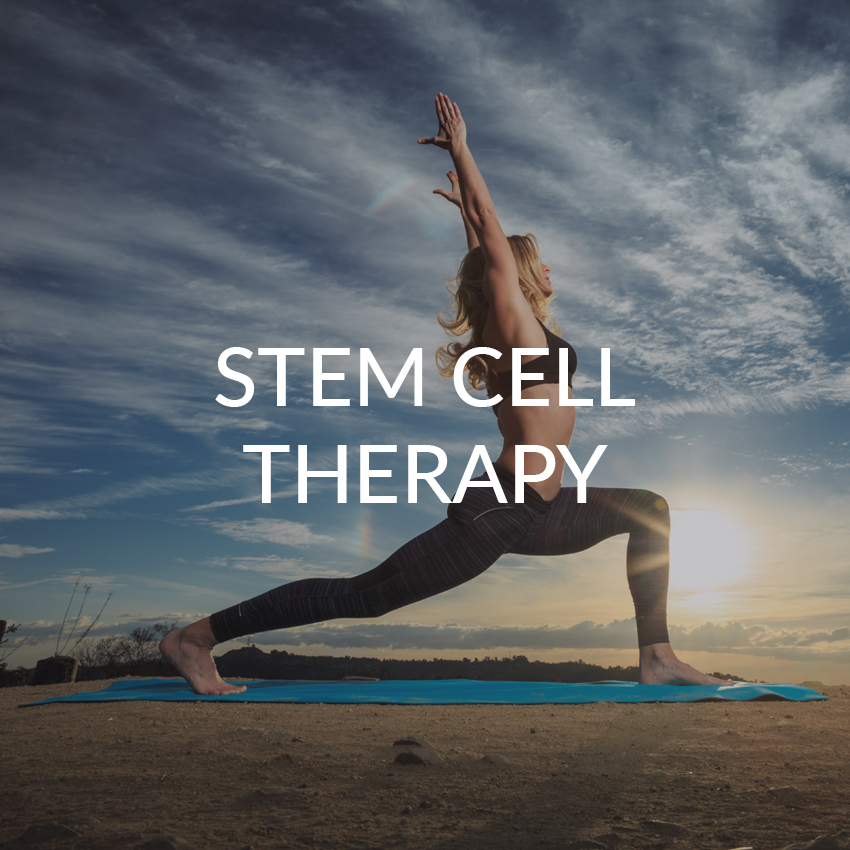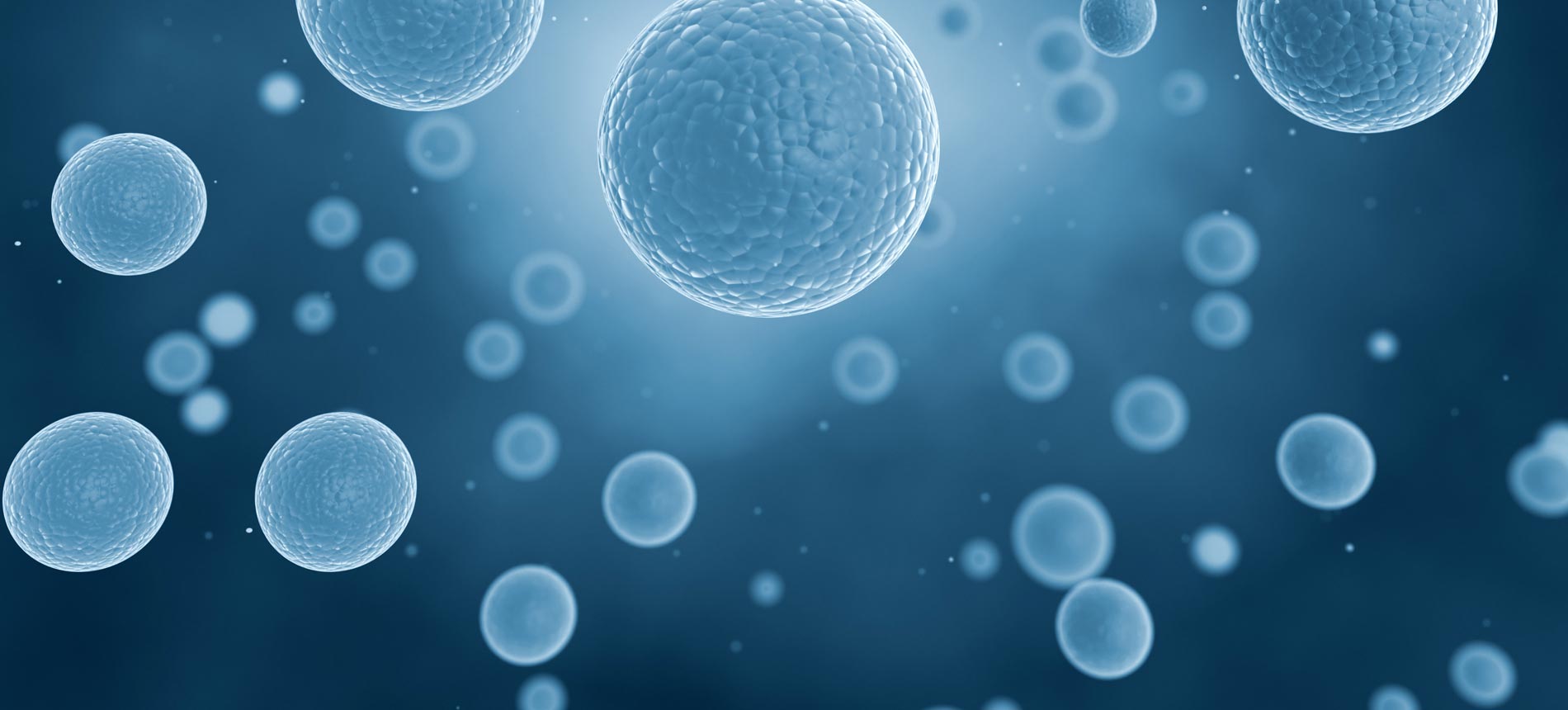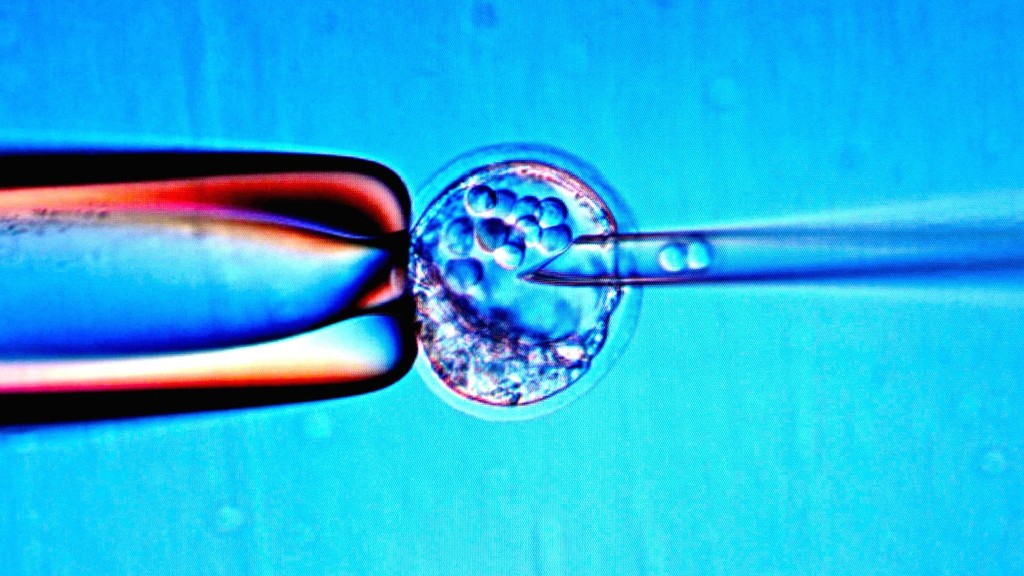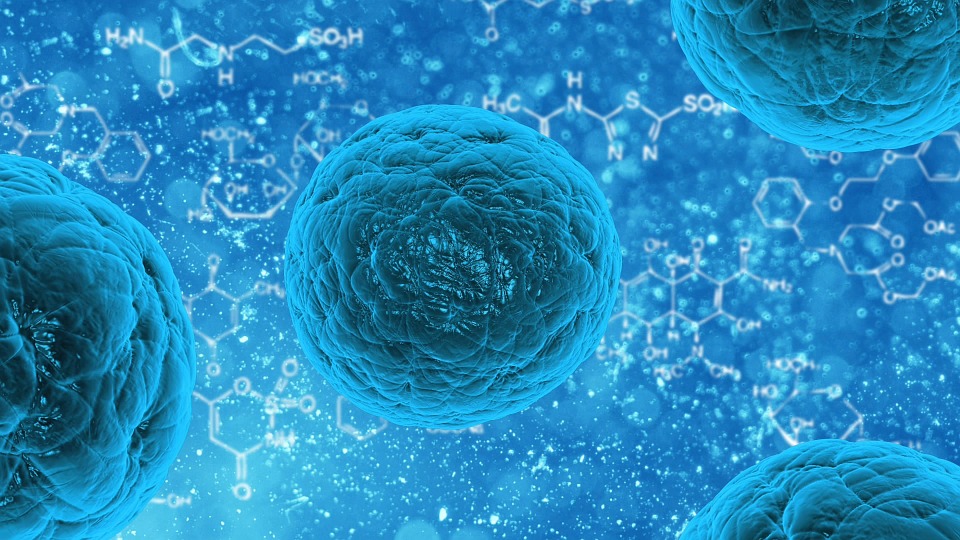Stem Cell Therapy: What is the right treatment for your condition?
If you’ve been doing some medical research lately, then it is likely that you’ve come across stem cells as well as regenerative medicine. You might also have heard about its possibility to cure the incurables, ethical criticisms, fraud warnings and its potential dangers.
With the research still going on, you can easily stumble upon updated information based on theories, innovations, and breakthroughs via the Internet or academic centers.
If you have an illness that seeks a particular treatment, you’ll have to cope with a lot of irrelevant information, but vital for the success of your treatment.
Among the things you’ll have to understand are the new genes that control the development of varying types of stem cells, a unique kind of stem cells that exists in the menstrual blood, overcoming blindness using a new technology, the importance of storing the stem cells of your baby and more. You can also benefit by checking out what some medical centers, universities, and blogs have for you.
One question is, will these kinds of information help you handle your present health complication? Sadly, all the data obtained from the internet, health centers and universities won’t suffice your needs. If you are dealing with life-threatening illnesses, you can benefit from what is being offered by stem cell therapy that includes both established and experimental treatments.
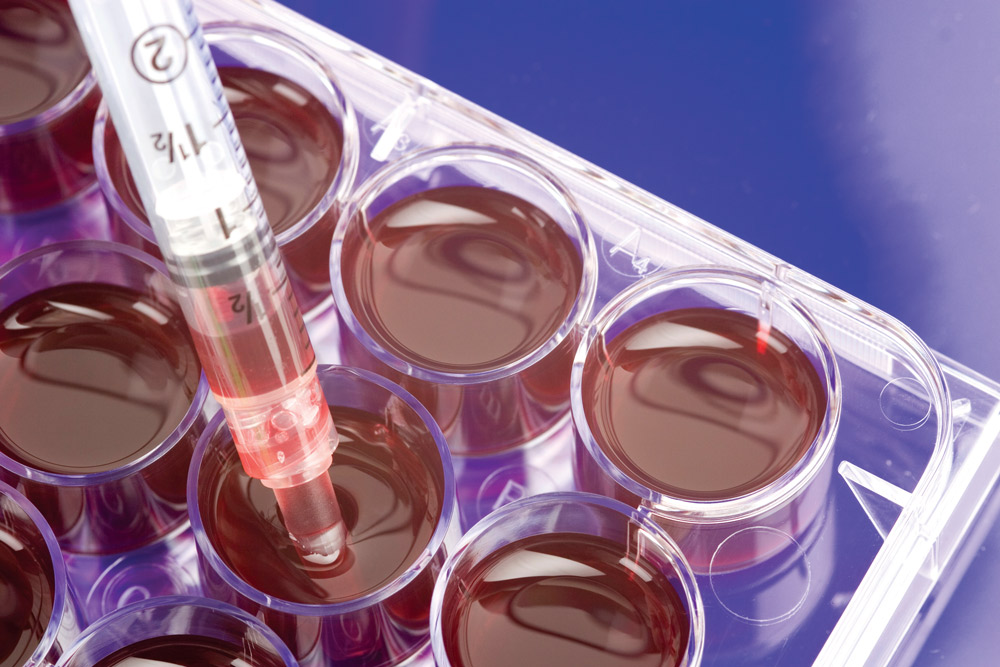
The most important thing is the relevant information that addresses health complications and the possibility of a cure. You can also benefit a lot from additional information from hospitals, clinics, Regenerative medicine, immunotherapy and the new fields of stem cells.
This information will help you as a patient judge and wisely choose a treatment that will work for your condition. As a patient, you are required to base your judgment on your medical condition without focussing too much on irrelevant scientific details. You should be more concerned with the available therapies in clinics and research approved by FDA.
One of the most accepted clinical use of stem cell is the transplantation of the bone marrow to treat hematological malignancies. There are also procedures applied by several hospitals to treat autoimmune illnesses.
The next popular breakthrough is the treatment of cardiovascular complications. The currently available, but controlled FDA approved clinical tests targets treatment of peripheral arterial and heart diseases.
Others include muscular dystrophy, diabetes type 1, amyotrophic lateral sclerosis as well as other neurogenerative illnesses. Several studies are still being conducted to find out other possible conditions that need attention and their effective treatments availed by clinics around the globe.
Conclusion
It is vital to put in place a relevant source that will keep the patients updated with all the important information on stem cell therapy development. These should not only be based on academics but may also work best when conveyed as general information.

